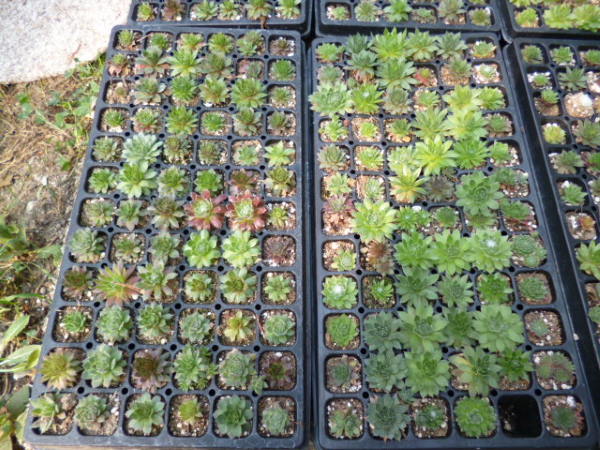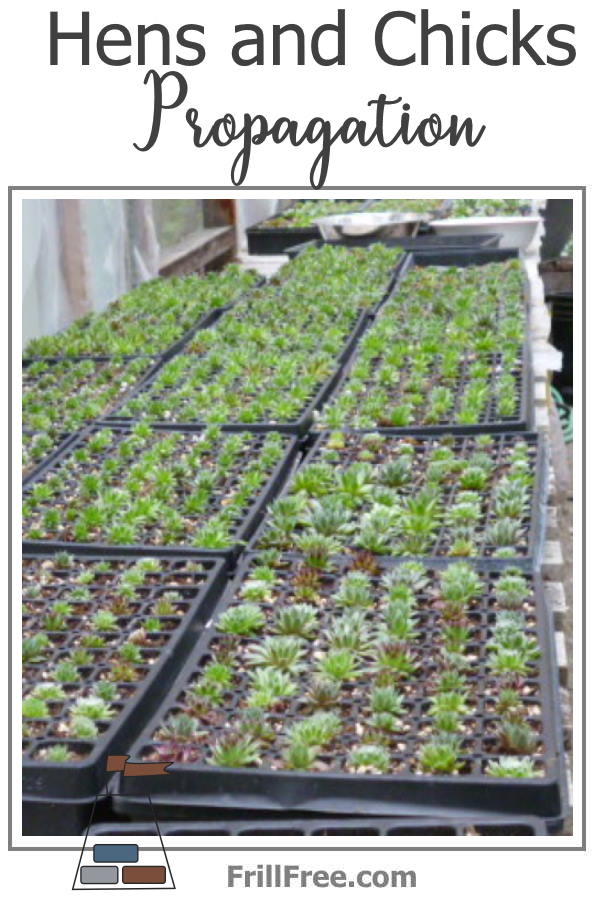- Homesteading
- Growing Ornamental Plants
- Hens and Chicks Propagation
Hens and Chicks Propagation
How Can Something So Easy Be Possible?
I am a participant in the Amazon Services LLC Associates Program, an affiliate advertising program designed to provide a means for me to earn fees by linking to Amazon.com and affiliated sites. Other links on this site may lead to other affiliates that I'm associated with.
Hens and Chicks propagation is one of the easiest gardening tasks in your yard. If you already have some Sempervivum, then you're well on the way to increasing their numbers with their chick production.
These amazingly drought tolerant plants already have the ability to propagate themselves, they don't even need your help, but it's so much fun they won't mind if you get in there too.
The easiest way to propagate your hens and chicks is not to bother. The mother plant produces stolons, long (or sometimes short) wiry stems that lay on the top of the ground, and then a chick emerges out of the end of each one.
This chick uses the mothers help until they're big enough to make their own roots, at which time, the stolon withers away and the chick is now it's own plant.
In this fashion, the matted plants eventually cover a large area, in a low growing succulent ground cover.
Each year, some of the colony will flower, after which the mother plant will die, but then all the new babies will fill in the gap.
If you want to make more colonies, the chicks can be cut from the umbilical cord early, and planted in your new spot. They don't mind at all, they'll grow just the same as in their old area.
You can put them in planters, on rock walls, new beds, or even in crafts where they don't have much, or any, soil at all. Crafts such as wreaths, topiaries and rustic old pieces of metal junk will be enhanced and beautified with the addition of these hardy and tough plants.
I used to have an online plant nursery, specializing in selling wedding favors through the mail.
These hens and chicks were the biggest seller, mainly because of the ease of production - I could propagate them with only a month or two of notice from the customer - but also because of how easy they are to ship in the post.
 Propagating hens and chicks in 1020 flats with 72 plug insert
Propagating hens and chicks in 1020 flats with 72 plug insertThey could be stacked in their halved plug trays in a recycled box, with layers of newspaper to cushion them, and transported long distances over a week or so to their new destination and potting into wedding favor pots.
Some people put them into tiny terracotta clay pots, or a little mason jar, or a whimsical tin bucket.
Either way you slice it, charming.
Left to root for a few more weeks, and to recover from their travel, they're ready for the special day and to be gifted to the attendees at the wedding.
Propagation can be hard, or it can be easy. Propagating hens and chicks is on the extreme easy end of the scale.
It doesn't get much simpler than this, to just cut off a chick and set it on top of the soil to produce the roots to sustain it.















